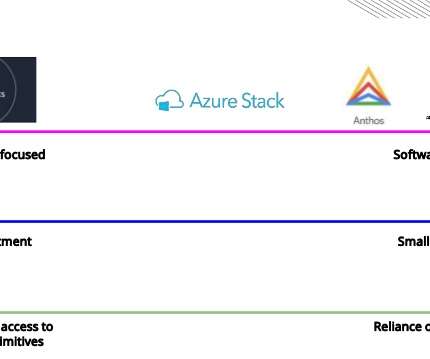AWS Microservices Architecture – Enabling Faster Application Development
RapidValue
OCTOBER 12, 2020
Over the past few years, we have witnessed that the use of Microservices as a means of driving agile best practices and accelerating software delivery, has become more and more commonplace. Key Features of Microservices Architecture. Microservices architecture follows the decentralized data management.














Let's personalize your content